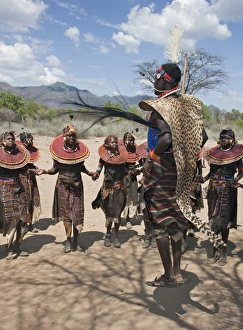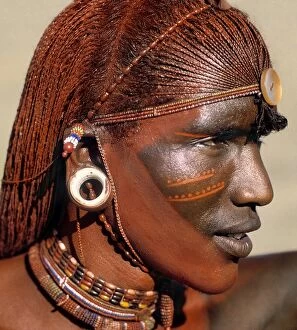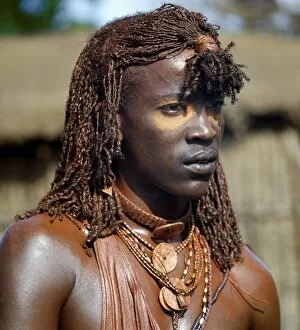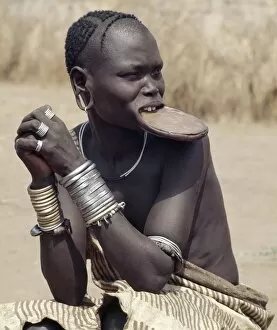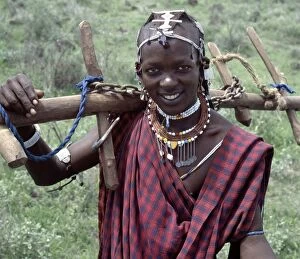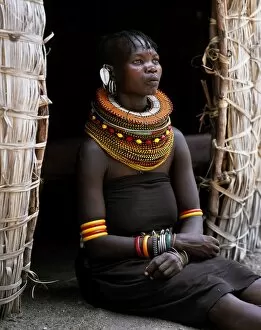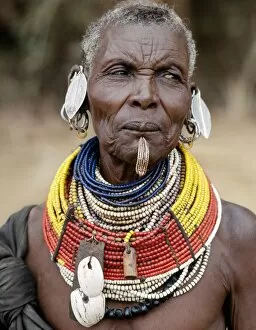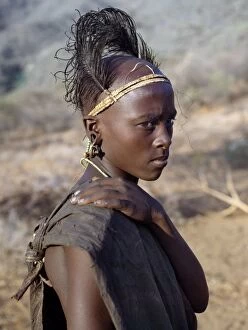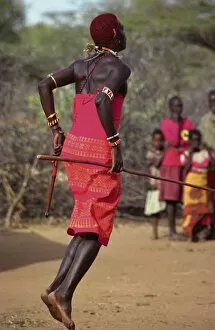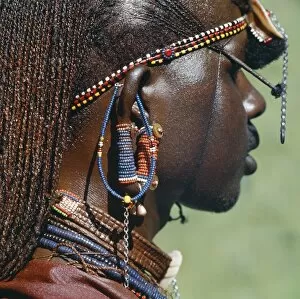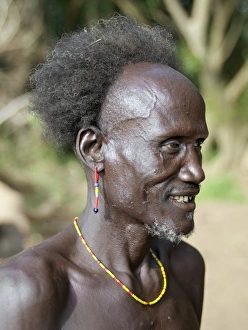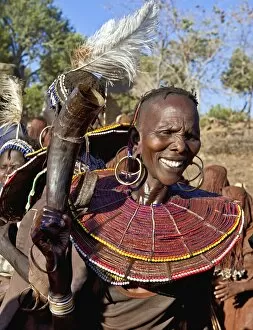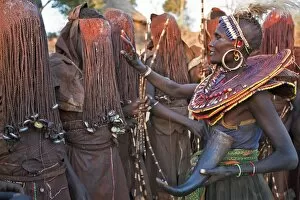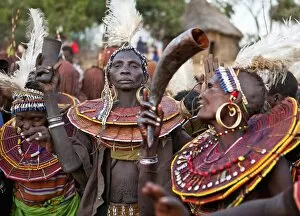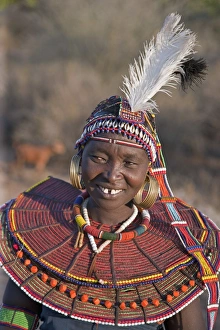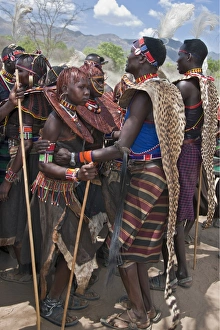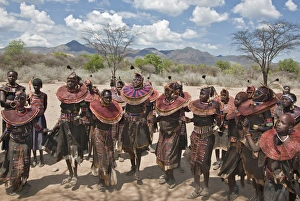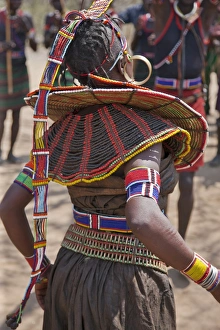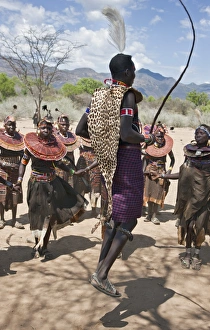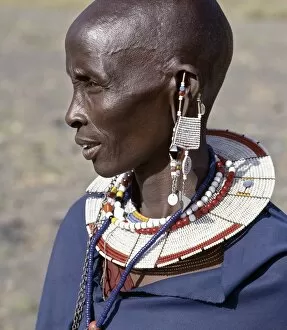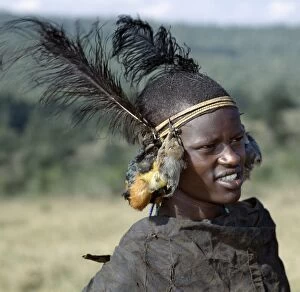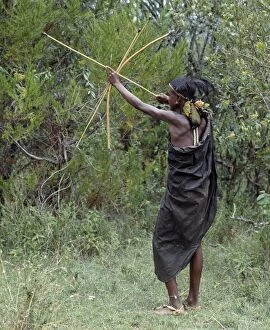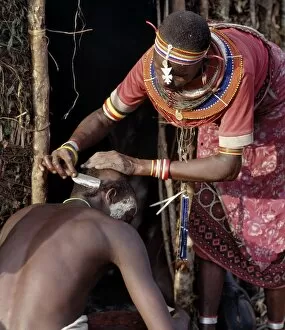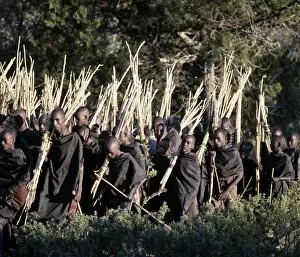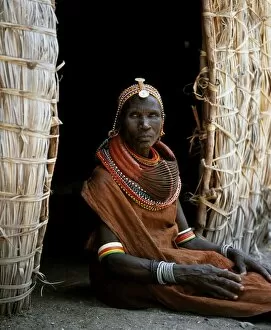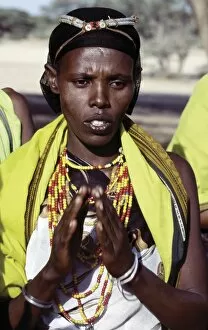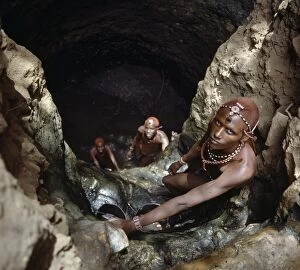Beaded Necklaces Collection
Beaded Necklaces: A Glimpse into the Vibrant Cultures of Africa In the heart of Africa, beaded necklaces tell stories that transcend time and space
All Professionally Made to Order for Quick Shipping
Beaded Necklaces: A Glimpse into the Vibrant Cultures of Africa In the heart of Africa, beaded necklaces tell stories that transcend time and space. From the young Msai girls who delicately decorate their faces with ochre to the Pokot warrior, donned in a cheetah skin, leaping high in celebration during an Atelo ceremony - these intricate adornments are more than just accessories; they are symbols of tradition and identity. Imagine a Samburu warrior, his resplendent braided hair cascading down his back, exuding strength and pride. Or picture two young Datoga boys proudly displaying their heritage through vibrant beads adorning their youthful attire. These beaded treasures connect generations and serve as a testament to cultural preservation. A Msai warrior stands tall with long braids swaying in harmony with his body coated in earthy hues. His presence commands respect while showcasing the artistry behind each bead meticulously strung together. Meanwhile, Nyag atom girls captivate onlookers with contrasting leather aprons or skirts adorned with colorful beads - an embodiment of elegance amidst diversity. The allure continues as we encounter a Mursi woman wearing a large clay lip plate that symbolizes beauty within her community. Her beaded necklace complements this striking feature, adding another layer to her captivating appearance. Witnessing a Wa-Arusha warrior carrying home a yoke embellished with beads is akin to witnessing history unfold before our eyes - traditions passed down from one generation to another like precious heirlooms. And let us not forget about the Turkana women; whether it's an old woman wearing all the finery of her tribe or simply catching sight of one from behind, adorned in long strands of beads that cascade down her back like rivers flowing through ancient lands - they embody resilience and grace.

